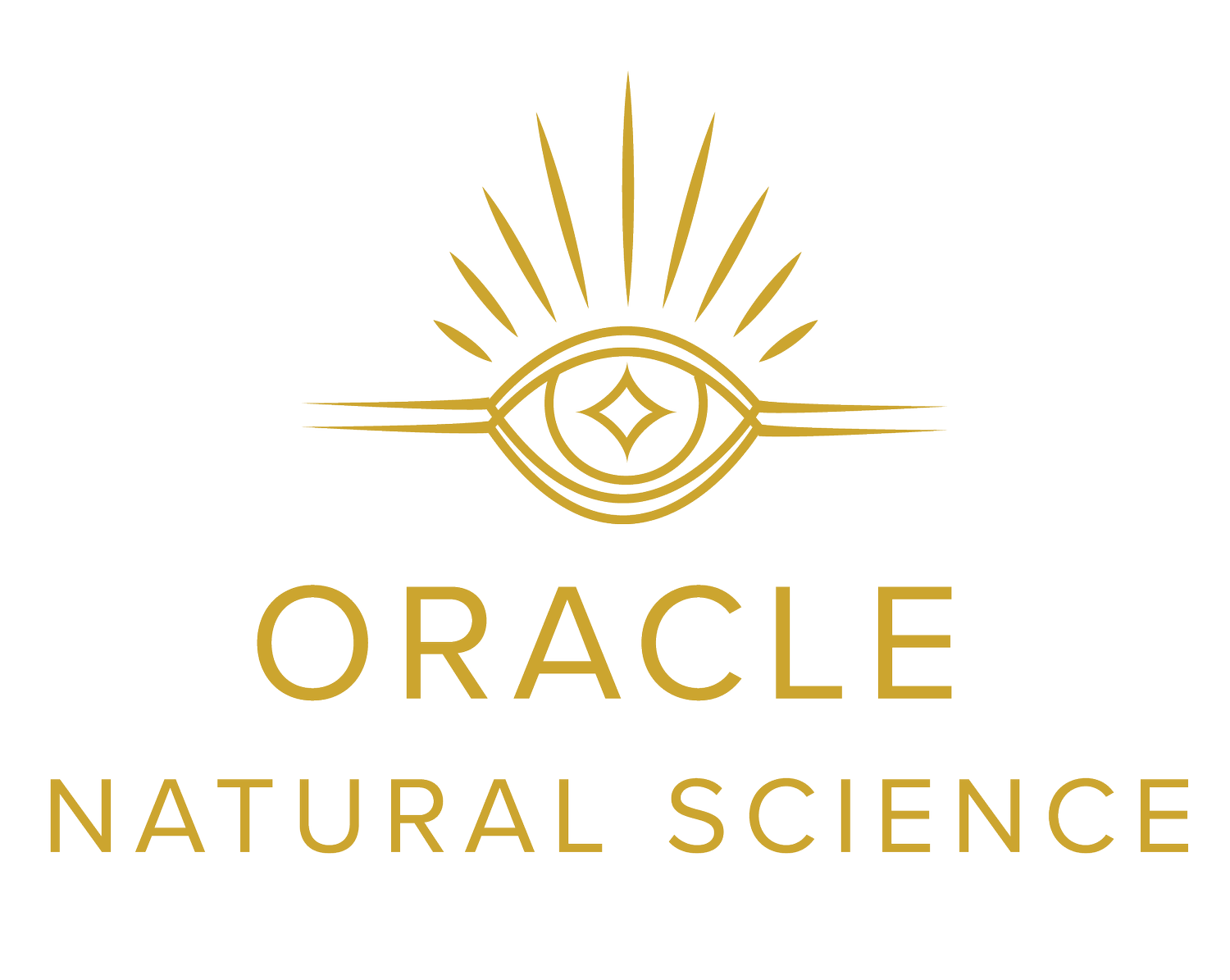There are two basic forms of taxidermy: the traditional method of stretching skin over a mold and the newer method of freeze drying. Traditional taxidermy was born in England after a rising demand for leather led to developments in the field of tanning, or processing skins to make leather. With these improvements on the process of tanning, which included the discovery of arsenic’s preservative properties, people like Charles Darwin were able to hang on to new species for classification and study. It wasn’t until the 1970’s that taxidermists further refined their art by stretching tanned skin over foam molds rather than stuffing them with straw, sawdust or string wound to emulate the body form as taxidermists had done in the past.
Although processes vary depending on the animal and taxidermist performing the work, the same basic procedure is followed. Though it should be noted that this is a very brief overview of the taxidermy process. First, precise measurements are taken of the animal to ensure that the skin will fit properly on the mold when it is stretched later. Once measurements are taken, the hide is removed from the meat and bones and will either be sent to a tannery or salted in order to dry the skin and tighten all the hair follicles.
The fun doesn't stop there. While the skin dries, it’s time to prepare the mold. Originally made with wire and paper mache, today polyurethane foam is most commonly used material for taxidermy molds. Veins and muscles are carved into the foam and clay is used for the more difficult detailing around the eyes in order to achieve the most accurate model possible. The dried hide is then stretched over the foam, glued in place, and sewn shut. If the animal had antlers, those are removed from the skull and attached to the newly constructed taxidermy. Lastly glass eyes are inserted and the specimen is ready to be mounted and admired!
The Honey Badger, contrary to popular belief, does in fact care.
Now that you know how it’s done, come check out some of our beautiful examples of taxidermy here in the shop!

